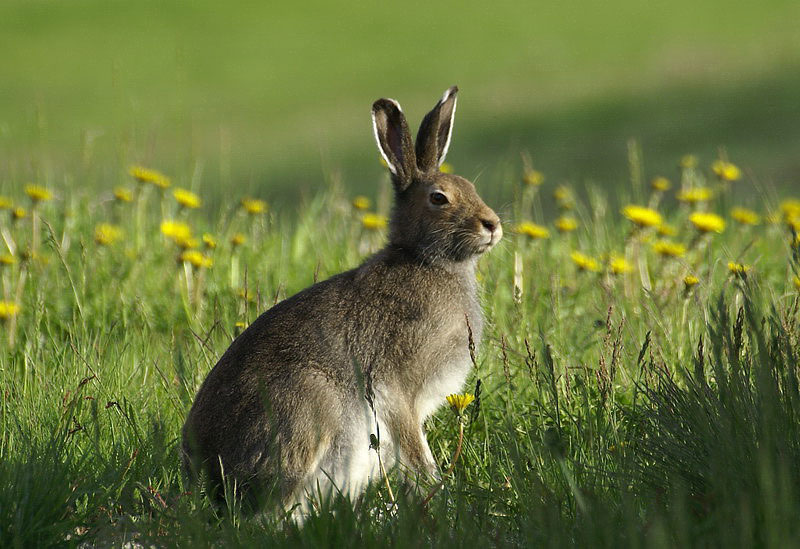Lynx
Land mammal species of predatory felines, the largest of the lynx (Lynx). It occurs in Europe and Asia. Besides domestic cat, lynx and wildcat are the only ones present in Poland, representatives of felines. Lynx is also one of the largest predators in Europe. He was described scientifically by Carolus Linnaeus in 1758 under the name Felis lynx. In Poland it is a rare and protected species. The study population of lynx in Poland is the Mammal Research Institute of the Polish Academy of Sciences and the Institute of Nature Conservation.
 Brown Bear
Brown Bear Currently, the number of bears in the Polish Carpathians is roughly estimated on 100-120 individuals (although it should be noted that it has never been assessed reliably). The Polish population represents the northwestern range of the distribution of the Carpathian population. The Carpathian population includes the brown bears in Slovakia, Poland, Ukraine and Romania and it has been estimated in c.a. 8,000 bears
Bison
European bison (Bison bonasus), or wisent as they are also called, very nearly became real ghosts. Instead, the last half-century has marked an incredible comeback story. The species—the biggest land animal in Europe—has gone from total extinction in the wild in 1927 to over 5,000 bison today, including 2,300 free-ranging animals.
 Wolfs
WolfsPoland has a population of 700-800 wolves and increasing. Since 1995, they have been a protected species, and compensation is paid for livestock losses.

Mountain Hare
Hare is a mammal of the family of lagomorphs. It occurs in the northern areas of Europe and Asia. Periodically changing coloration. In Poland, it is a species protected by law.

No comments:
Post a Comment